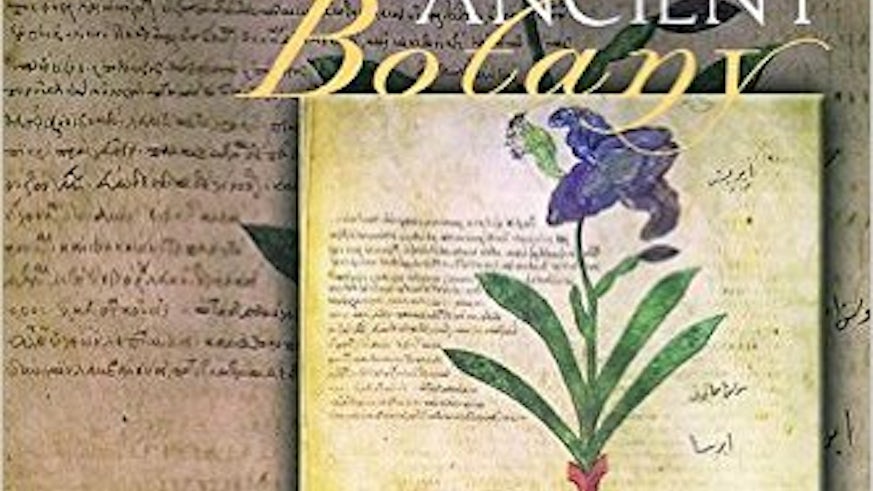Ancient Botany: Latest book from Cardiff academic draws on history and science
15 Hydref 2015

Academic from Cardiff University’s School of History, Archaeology and Religion co-authors key new work
A new book from a Cardiff University academic out this month is a major overview of Ancient Botany, blending historical and botanical expertise in a uniquely thematic exploration.
Senior Lecturer in Ancient History Dr Laurence Totelin has co-authored Ancient Botany with Gavin Hardy of the University of Edinburgh, blending history and science in the latest Sciences of Antiquity Series from Routledge.
The book examines all the founding texts of botanical science, such as Theophrastus' Enquiry into Plants, Dioscorides' Materia Medica, Pliny the Elder's Natural History, Nicolaus of Damascus' On Plants, and Galen' On Simple Remedies, but also includes lesser known texts ranging from the sixth century BCE to the seventh century CE, as well as some material evidence.
The authors adopt a thematic approach rather than a chronological one, considering important issues such as the definition of a plant, nomenclature, classifications, physiology, the link between plants and their environment, and the numerous usages of plants in the ancient world. The book also takes care to place ancient botany in its historical, social and economic context.
Senior Lecturer in Ancient History Dr Laurence Totelin said: “In this new work, we discuss a huge variety of sources, taking a thematic approach rather than offering a chronological overview. Our book addresses a very broad audience: ancient historians, historians of biology, botanists, and anyone with an interest in the history of botany.
"The Greeks and Romans described plants in anthropomorphic terms, and they often used botanical themes to convey messages about human society. This is perhaps the aspect of ancient botany that fascinates me the most, and we have given it much prominence in Ancient Botany. For instance, you will encounter stubborn plants that refuse to be transplanted; plants that suffer love sickness; and mother plants protecting (or smothering) their babies.”